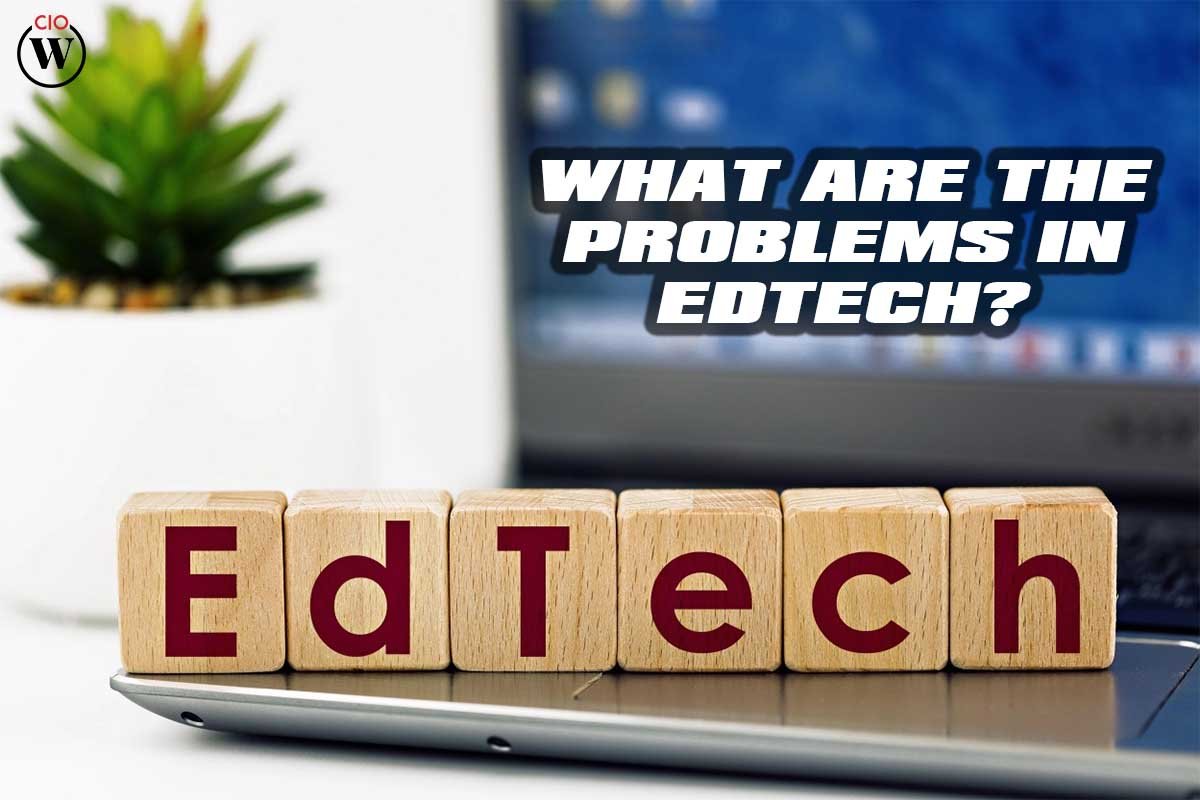Throughout the course of the last year, school districts, classroom instructors, and students have been coerced into using various forms of educational technology (EdTech). As a result of this, there have been significant breakthroughs made in educational technology. However, despite these advancements, there are still several challenges that are faced by EdTech as it exists in the world today. This site was created with the intention of assisting you in comprehending such issues.
Here are the problems in Edtech;
1. The Lack of Opportunities for Professional Growth
There is a widespread lack of technology literacy among educators. Problems in Edtech, there is a significant portion of individuals who are proficient in technology but are not aware of how to utilize those talents in the classroom, and they are not receiving much assistance in this particular domain. When educators do get training in educational technology, the focus of such instruction is often on how to use the various pieces of technology.

Rather than just being told “here is where you find the power button,” “this is how you project the graphic on the board,” and “this is how you turn the device off,” instructors require pedagogical training on how to use the educational technology available to them. Because they have not received the appropriate training, instructors are going into the classroom (whether it be online or in a conventional setting) without understanding how to integrate educational technology into the courses.
2. There Are Many Resistant Technologies
A significant number of educators are resistant to deviating from the established norm. Simply put, they are not used to learning with the aid of technological devices. That is not the case. This is a new development. People have a natural aversion to transitions. They are so nervous that they cannot even attempt to jump. Because of this, they oppose educational technology.
There are situations when it is not the instructors who are the ones fighting against the change. There are occasions when it’s the leadership of the school. “Experimenting with technology” is not something they consider to be part of their job description. After all, they were employed to operate the school, not to adopt the cutting-edge technology that was being developed at the time.
3. Lack of Student Participation in Non-Formal Learning Opportunities
The Problems in Edtech some forms of distance education are organized in the form of rigorous lecture-and-examination paradigms. Students are not encouraged to experiment either within or outside of the classroom using these models, which prevents them from participating in informal learning.

Alternate instructional methods, such as the “flipped classroom,” provide the instructor with the opportunity to combine formal and unstructured learning. When they are combined, pupils tend to learn better and remember more of what they have learned.
4. An Absence of Attempts to Personalize Learning
The Problems in Edtech’s necessity to customize student instruction are recognized by educators. They are aware of this need since it is taught to them and shown in the classroom. However, the resources that they need to be able to provide this essential individualized learning just aren’t available to them in the capacity that they require. When instructors are not in the same room with their students, they do not have the same level of insight into the students’ capabilities as they have when they are teaching in a typical classroom setting.

Problems in Edtech, This presents another challenge. When instructing in a conventional classroom, instructors can interpret the indications provided by the pupils. Do they feel at ease talking about the subject? Do they have a complete understanding of the idea? In a more typical classroom setting, teachers can tell. Having said that, an online classroom does not provide this kind of understanding.
5. Formative assessments that are really useful are difficult to come by for many.
The Problems in Edtech, although educators are allowed to evaluate their students using a variety of approaches made possible by EdTech, these evaluations may not be as accurate. I bring this up because instructors can’t know what a student is doing when they are being evaluated. Is there a sufficient number of adults to provide supervision? It is just impossible to know.
Bottom Line
More challenges are being faced by EdTech, but these are the most important ones for us to comprehend. And if we do not understand what these challenges are, we will not be able to conquer them.
The realm of education is always evolving and expanding in scope. The Problems in EdTech seem to be the solution to a lot of the problems that exist in the educational system. We must make an effort to get an awareness of these issues to begin addressing them one at a time in our own school systems and classrooms.









